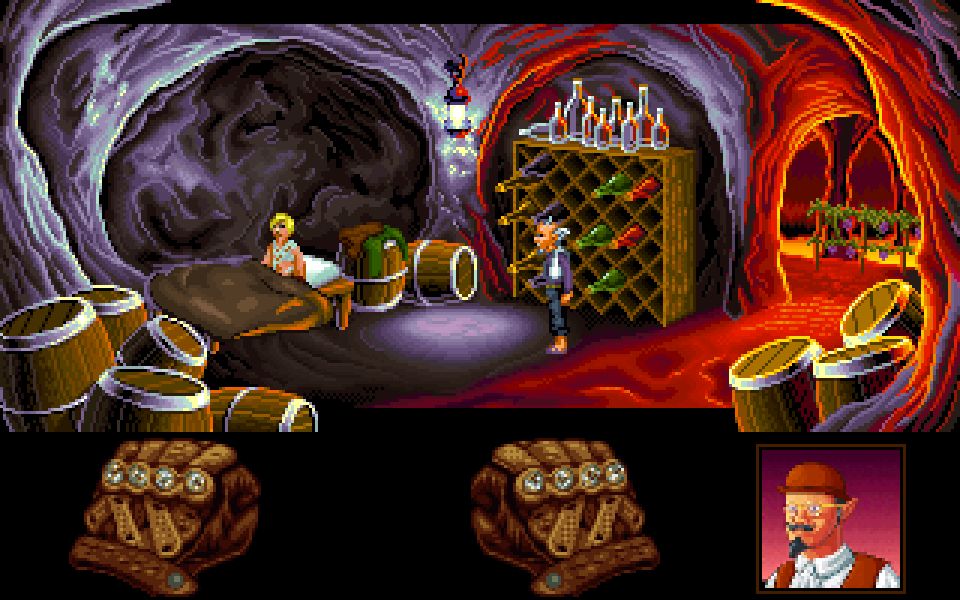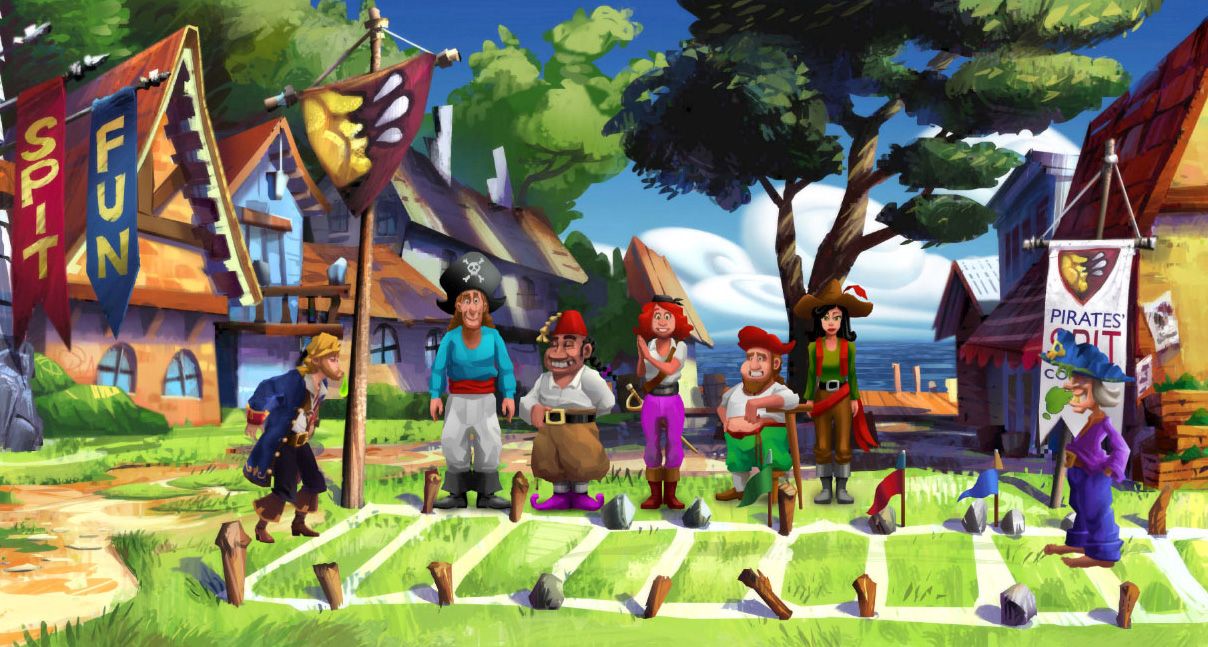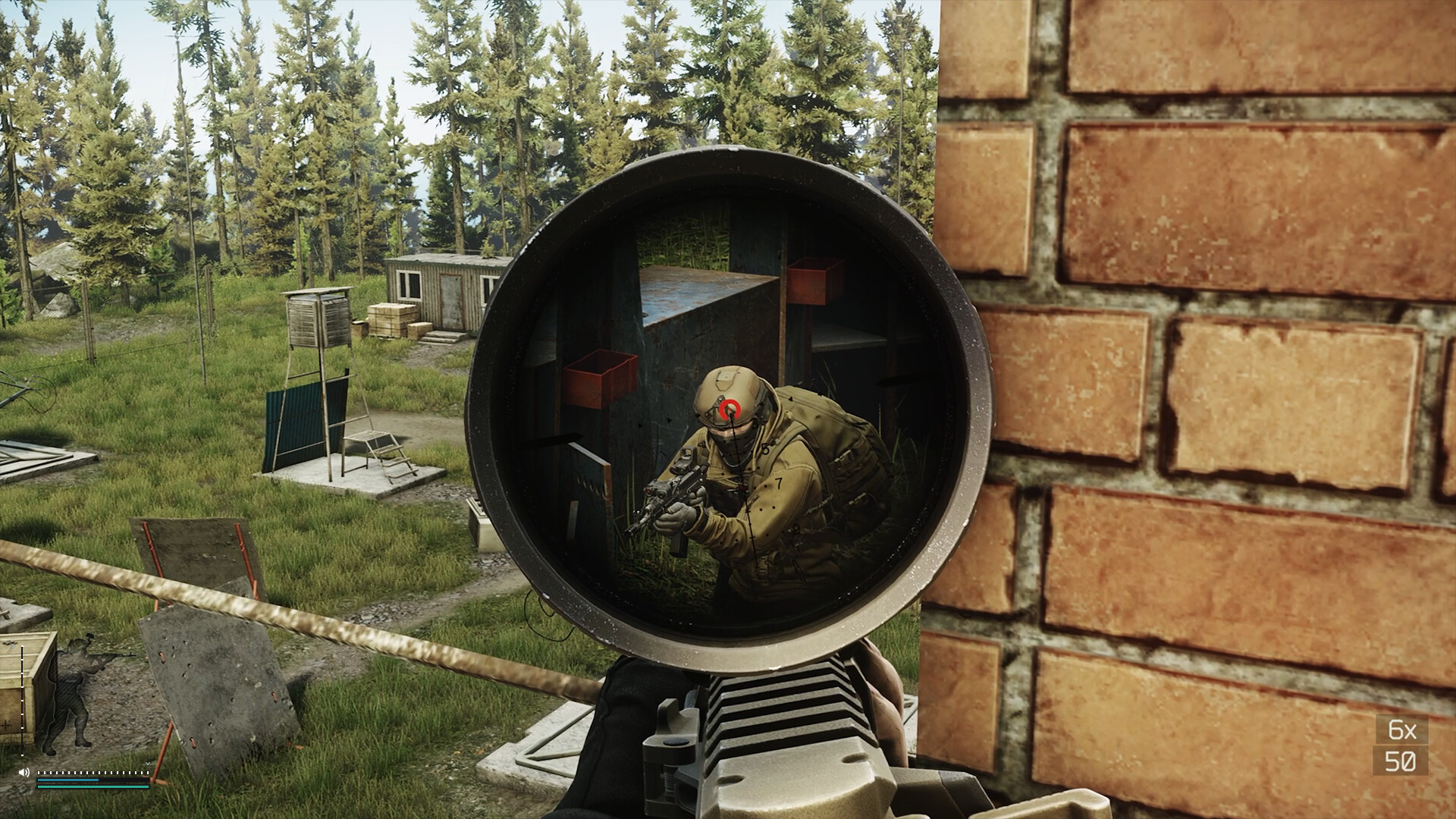
Meanwhile, an untitled project, simply referred to as ‘XXX’, revolved around the idea of building your own world and then interacting with it. Originally proposed in 1985, the design document pitched the idea by referring to childhood memories of constructing buildings, towns and cities from blocks or Lego, before asking the question, “After building an exceptionally complex world, did you ever wish you could shrink in size and play in it yourself?” In other words, LucasArts bounced around the idea for a Minecraft-style game decades before it became the phenomenon we know today.
Not all of these unproduced designs had such world-changing potential. A particularly strange example is the 1989 pitch Adventures in the Party Zone. Initially, the design sounds like The Sims, positing “a new kind of game designed to appeal to people who have never played a computer game, without alienating expert gamers”. The player was to assume the role of a host of a sequence of parties, trying to please all the attendees. So far, so innocent. Then things got a little weirder. Said the document, “You will be able to try things in this party, things in this world, that you always wanted to do but never had the nerve.” Examples included telling a high-society wife that her husband is sleeping with the babysitter (haven’t we all been to a party like that?).
Yet, arguably, the strangest aspect of Party Zone is that the designers had either already enlisted, or planned to enlist, Orson Scott Card (who had worked with LucasArts previously) to flesh out characters and write conversations. “LucasArts is known for the games we built, and we had just as many bad ideas. But three times as many bad ideas got rejected so that we could get to the good ideas,” Wilmunder says. “And it might have been revolutionary.”

Above all, what these proposals show is the immense creative energy at the studio in those first ten years. And this is just a small portion of what was pitched during that time. Between 1982—when LucasFilm Games was formed—and 1992, over 60 game ideas were put together and considered. “It was a very prolific organisation and a very open organisation, where really anybody could sit down and float a concept,” Wilmunder remarks.
The period between 1992 and 1999 saw LucasArts at the height of its creative power. This was also when it saw its first major failures. Up to this point, games could be put together with relative speed, usually within 12 months. But as the studio’s confidence grew, so did its ambition, and all the while game technology was accelerating rapidly. LucasArts began pushing the limits of what both the SCUMM engine and the adventure-game genre could do, and the result was multiple high-profile projects that either limped out of the door or collapsed before they arrived.
The first of these was Forge, the proposed sequel to the 1990 musical fantasy game Loom. Loom was a novel, ambitious game that didn’t sell enormously well. Forge was to take its ideas and expand upon them, switching the main character from a wizard to a blacksmith, and running with a more industrial theme. “It was more about the making and breaking of things,” says Dave Grossman, co-creator of Day of the Tentacle. “A bunch of art was done for it; it was all fiery and red and fun. It was in the era of 640[x480] maximum size.”

Forge was eventually cancelled as a consequence of LucasArts narrowing down its portfolio. “One thing they did at that point was lay off all the producers,” Grossman says, pointing out that the project leaders essentially acted in producer roles anyway. In addition, the studio had multiple ongoing projects at that time, one of which was Day of the Tentacle itself. “We wound up having four different producers over the course of that project,” recalls Grossman. “I believe that was the point at which Forge got shelved.”
Keep up to date with the most important stories and the best deals, as picked by the PC Gamer team.
The most significant cancelled game of this period, and possibly of LucasArts’ history, was Indiana Jones and the Iron Phoenix, the proposed sequel to ...the Fate of Atlantis. This was a project that both Wilmunder and Grossman were involved in, with Grossman heading the project shortly before his departure in 1994. Set in 1947, the story had Indy chasing after the Philosopher’s Stone, travelling to Ireland, teaming up with a female communist sniper in Ukraine, and facing down Neo-Nazis fleeing to South America.
Wilmunder still has the original design binder, which is as thick as your forearm with concept art, storyboards and puzzle designs. He refers to it as ‘The Bible’. “To me, this is the effort that is design,” he says. “Before you even start coding, you go to this level of detail: every special-case animation, objects that change states, puzzles.” A pleasing example of this attention to detail is how every item the player could pick up in a scene is highlighted on the page in bold type.
Rick has been fascinated by PC gaming since he was seven years old, when he used to sneak into his dad's home office for covert sessions of Doom. He grew up on a diet of similarly unsuitable games, with favourites including Quake, Thief, Half-Life and Deus Ex. Between 2013 and 2022, Rick was games editor of Custom PC magazine and associated website bit-tech.net. But he's always kept one foot in freelance games journalism, writing for publications like Edge, Eurogamer, the Guardian and, naturally, PC Gamer. While he'll play anything that can be controlled with a keyboard and mouse, he has a particular passion for first-person shooters and immersive sims.

